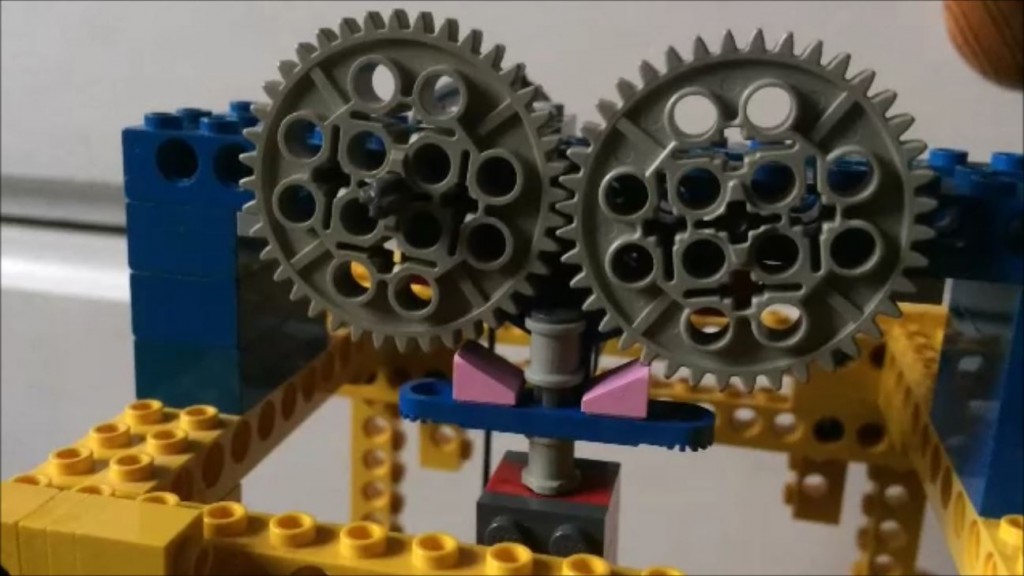
This gallery contains 3 photos.
Antoine and Wladimir are out in the survey rover again. taking measurements of the moon. They brought the hoverdrone with them to take photos of their work and their rover. See feedback on Flickr.

This gallery contains 3 photos.
Antoine and Wladimir are out in the survey rover again. taking measurements of the moon. They brought the hoverdrone with them to take photos of their work and their rover. See feedback on Flickr.
It’s been a while (too long really) since I blogged about the clock. In that time, I’ve spent much time building, but not much time blogging. So here’s Clock number 2, which I built over the summer of 2015:
A guy called Ben van de Waal has a Youtube channel full of LEGO escapement mechanisms. It appears he just does the escapement mechanisms, not the whole clock.
This clock uses one of Ben’s escapement mechanisms. I chose the mechanism that uses the 40-tooth gears, on the basis that it would give the least rotational motion, and thus the least travel of the string … which would result in a longer running time. That was the theory. This is what it looks like. In the working clock, this is all buried inside the frame. In practice, this mechanism is very difficult to adjust correctly. The blue bar with the pink “cheese” wedges on must be adjusted vertically on the axle by a tiny fraction of a millimetre – which is almost impossible to do in LEGO. The lesson I learned with this clock is that the teeth of LEGO gears are not the right shape for an escapement mechanism.
In practice, this mechanism is very difficult to adjust correctly. The blue bar with the pink “cheese” wedges on must be adjusted vertically on the axle by a tiny fraction of a millimetre – which is almost impossible to do in LEGO. The lesson I learned with this clock is that the teeth of LEGO gears are not the right shape for an escapement mechanism.
Nevertheless, the clock works, and it runs for about five minutes.
I also discovered a guy called KEvronista on Youtube and he has made some stunning clocks in LEGO too. Stand with me in awe at the amazing clock mechanisms he has made.
The London Underground Roundel is instantly-recognizable. It is beautiful in its simplicity, and it shouts “Mind the Gap” louder than the platform staff.
There is a crowd of fellow Adult Fans Of Lego – affectionately known as AFOLs – that meets in Central London. It should be little surprise that I count myself proudly among their numbers. But the logo they were using didn’t quite have the punch that I thought it should. So I made a new one for them.
The build technique is quite straightforward. A picture of the real “Underground” logo was re-sized to one pixel per brick, then zoomed in so that it looks very blocky. Gridlines in the paint program help to mark the bricks. From this, the build is largely based on trial-and-error.
The London Underground logo (the “Roundel”) is a trademark of Transport for London.